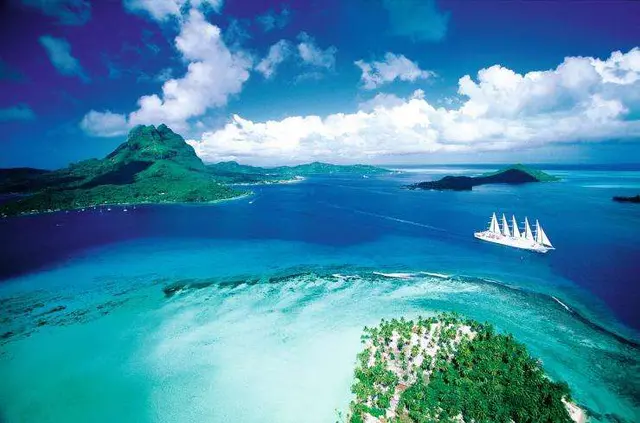SYDNEY, May 16 (Xinhua) -- A remote island in the South Pacific is the most polluted place on the planet, Australian research published on Tuesday revealed.
The study, published by Tasmania's Institute for Marine and Antarctic Studies (IMAS) found that the beaches of the World Heritage-listed Henderson Island contained 37.7 million pieces of debris.
Jennifer Lavers, the lead researcher, said that the debris on the island weighed a total of 17.6 tonnes, making it the highest density of plastic rubbish anywhere in the world.
She said that the finding should act as a warning that plastic pollution is as big a threat as climate change.
"What's happened on Henderson Island shows there's no escaping plastic pollution even in the most distant parts of our oceans," Lavers said in a media release on Tuesday.
"Far from being the pristine 'deserted island' that people might imagine of such a remote place, Henderson Island is a shocking but typical example of how plastic debris is affecting the environment on a global scale."
The research team estimated that there was 671.6 items of debris per square meter on Henderson Island, which lies between Chile and New Zealand in the South Pacific, with 3,570 new pieces of litter washing up on just one of the island's beaches every day.
Lavers said that most of the 300 million tonnes of plastic produced globally every year was not being recycled and was having a long-term impact on the world's oceans.
"Plastic debris is an entanglement and ingestion hazard for many species, creates a physical barrier on beaches to animals such as sea turtles, and lowers the diversity of shoreline invertebrates," she said.
"Research has shown that more than 200 species are known to be at risk from eating plastic, and 55 percent of the world's seabirds, including two species found on Henderson Island, are at risk from marine debris."
 简体中文
简体中文

